 Built in 1802, Faulkner’s Island Lighthouse has been called the Eiffel Tower of Long Island Sound. The island on which the lighthouse stands has also had other titles over the years including Falkner Island, Falcon Island and Fortune Island. The crescent-shaped island is located about three and a half miles offshore of Guilford, Connecticut and had a number of owners in its pre-lighthouse days. Andrew Leete, son of a Connecticut governor, owned it for a while during the 1600s. In 1715 brothers Caleb and Ebenezer Stone bought it, and the island property remained in the Stone family for over a century.
Built in 1802, Faulkner’s Island Lighthouse has been called the Eiffel Tower of Long Island Sound. The island on which the lighthouse stands has also had other titles over the years including Falkner Island, Falcon Island and Fortune Island. The crescent-shaped island is located about three and a half miles offshore of Guilford, Connecticut and had a number of owners in its pre-lighthouse days. Andrew Leete, son of a Connecticut governor, owned it for a while during the 1600s. In 1715 brothers Caleb and Ebenezer Stone bought it, and the island property remained in the Stone family for over a century.
Ship traffic in the Sound increased steadily during the 18th century and many ships ran aground on the reefs surrounding the small, three-acre island. In 1802, a forty-foot octagonal tower was erected, using cut sandstone laid in lime mortar. A spiral wooden staircase led up to the lantern room. In early years, the station had twelve lamps and reflectors showing a fixed light, arranged on two separate tables, one above the other. In 1856, a fourth-order Fresnel lens was installed that varied its fixed light with a flash every two seconds.
The original keeper’s dwelling had eight rooms, but over the years it deteriorated so badly that a new one was constructed in 1858. The new structure was one and a half stories high, and featured three bedrooms, a dining room, sitting room, and attached kitchen. This structure was so poorly built, however, that during the winter large quantities of snow entered through gaps in the walls and roof. In 1871 it was rebuilt yet again, and at the same time an iron spiral staircase replaced the wooden one in the tower.
Faulkner’s Island light has had a number of interesting keepers over the centuries. In 1818, President James Monroe appointed Eli Kimberley, a Guilford native, keeper of the lighthouse. Kimberley relocated to the island with his pregnant wife Polly and two young children. During their thirty-three years on the island, the Kimberleys had another nine children.
Although the island was lonely and remote during the winter, there could be hundreds of visitors in the summer, and the Kimberleys were known as excellent hosts. The keeper even built a bowling alley (!) with a well-stocked bar. Unfortunately, on the Fourth of July in 1829, a group of twenty young men from New Haven drank themselves senseless at the bar, then tore up the Kimberleys’ vegetable garden, smashed some lighthouse equipment, and destroyed the keeper’s boat. Soon after, a law was passed prohibiting the sale of liquor at American light stations.
Another unique character was Oliver Brooks, who was keeper from 1851 to 1882. Brooks played the violin to pass the time at the lonely station, and also practiced his taxidermy skills on birds that suffered fatal crashes into the lantern windows. Eventually, the keeper’s house filled with stuffed birds and was a natural history museum of sorts. Brooks received some notoriety in November of 1858 when, during a winter storm, he managed to rescue five people from a ship grounded on the rocks near the lighthouse. Brooks was given a medal for his heroism, as well as a salary raise to $500 a year.
Throughout the 19th century, ships continued to be wrecked despite the presence of the lighthouse. Just between 1851 and 1882 over one hundred wrecks were recorded in the station’s logs. In 1976, despite there being two Coast Guardsmen on duty, a fire broke out in the keeper’s quarters and destroyed everything except the scorched tower and the fog signal building. After repairing the tower, the light was automated, and continues to flash a white light every ten seconds, although the fog signal has been discontinued. Due to the dedicated efforts of a volunteer preservation group called Faulkner’s Light Brigade, this site is one of Long Island Sound’s brightest lighthouse preservation stories.
Photo Text & Copyright www.Lighthousefriends.com



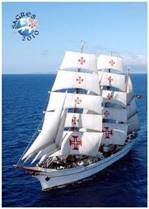





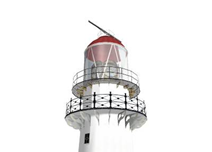













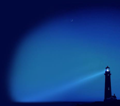





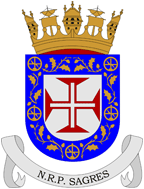

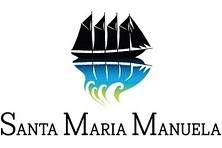
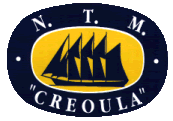









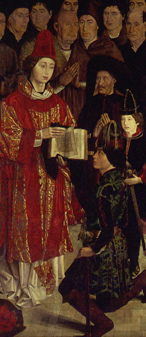



























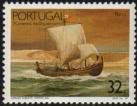
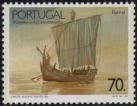

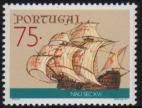







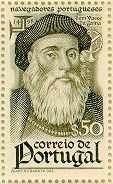

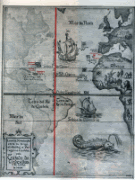







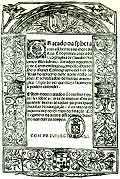
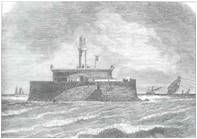











































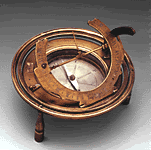
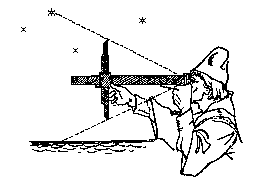








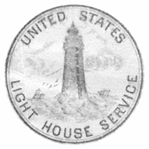

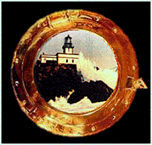


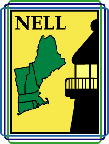





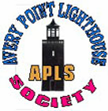










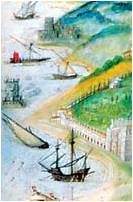

7 comentários:
I'm personally a big fan of cabodofimdomundo blog. Thanks for sharing this post.
شركة كشف تسربات المياه بالدمام
شركة تنظيف بالخبر
شركة تنظيف بالخبر
شركة تنظيف منازل بالخبر
شركة تنظيف كنب بالخير
شركة تنظيف مجالس بالخير
شركة تنظيف مساجد بالخير
شركة تنظيف خزانات بالخير
شركة تنظيف موكيت بالخير
شركة تنظيف مكيفات بالخير
شركة مكافحة الحمام بالخير
شركة كشف تسربات المياه بالخير
شركة تسليك مجارى بالخبر
شركة عزل اسطح بالخير
شركة مكافحة حشرات بالخبر
شركة مكافحة النمل الابيض بالخبر
شركة رش مبيدات بالخبر
شركة رش حشرات بالخبر
Enviar um comentário